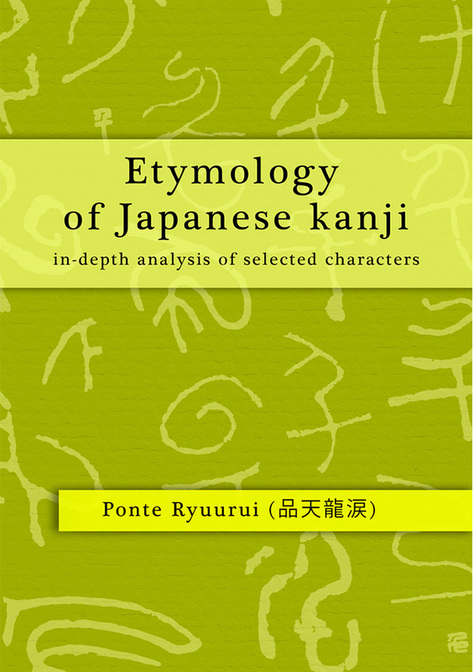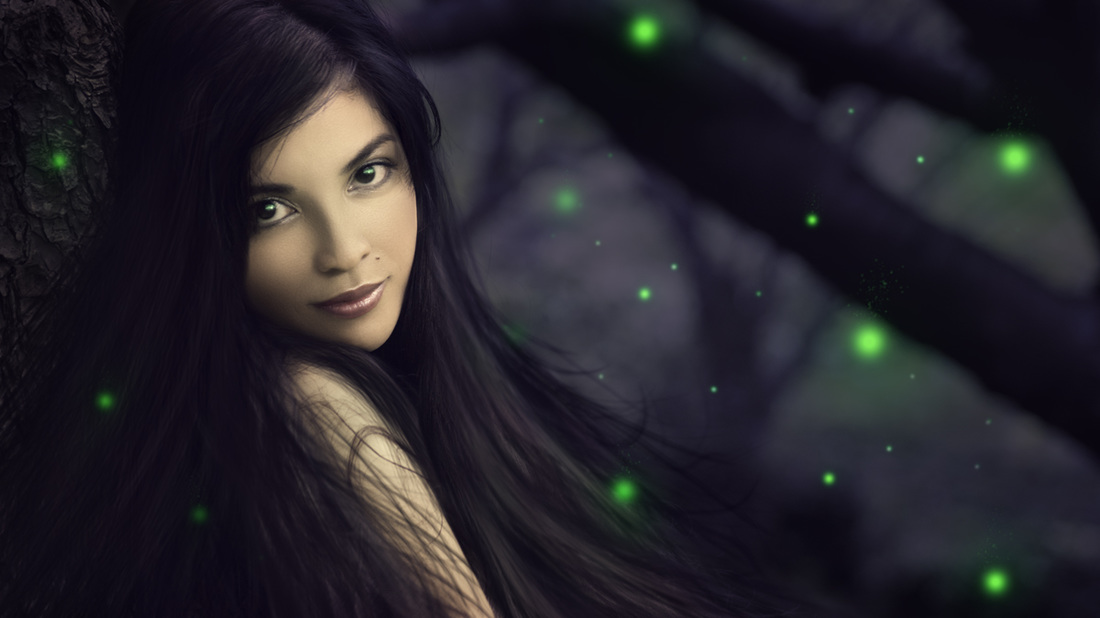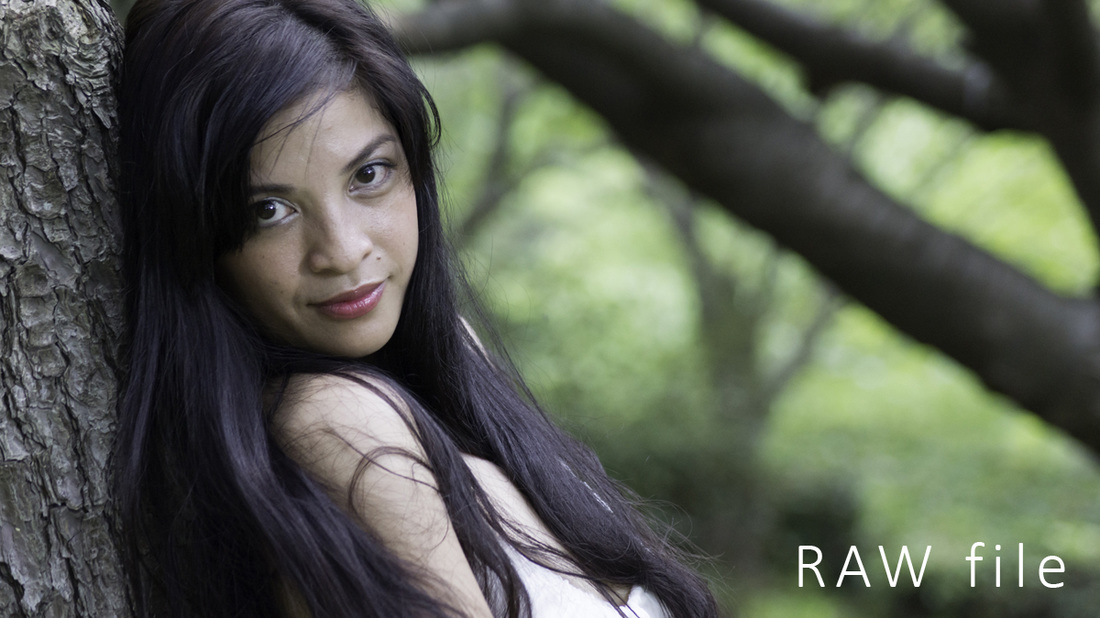|
A lot has happened for the past three years, many new projects were started, some have come to their completion and many more are still waiting to be undertaken in the near future. I think this is a good opportunity to tell you what is happening at Ryuurui's Art Studio at the moment. My focus now is portrait photography and professional headshots here in Tokyo, I am also offering architecture and interior photography services, and you can see my works on my portfolio on SmugMug, where I currently upload full size (1:1 ratio) images at 300dpi print quality. I am also teaching photo retouching in photoshop for beginners and intermediate photographers, as well as photoshop manipulation and composite photography internationally, via skype desktop sharing. I am orgamnising photography workshops in Tokyo to individuals and small groups, and offer photwalks for anyone who is visiting Tokyo and wants to go to the best spots in the town and pick up some photography tips at the same time. I still study Japanese calligraphy, and that includes calligraphy body art and boudoir / fine art nude photography, as well as kanji tattoo designs. My original works and calligraphy & digital art are available for purchase via Emillions Art - my agent in US, and soon through galleries in several countries worldwide. I have successfully completed publishing of my 4 books and you can purchase them globally. For now I do not plan on publishing more, even though I have two manuscripts of new books basically complete. I simply do not have time for it. I have launched a few sites over those 3 years, www.japan-in-photography.com, as well as a site co-created with Mariusz Szmerdt, a very talented Polish ink painter, titled www.ink-treasures.com. I have closed down my page www.ryuurui-foto.com and in its place I have launched www.portrait-photography-tokyo.com, which is more focused on portrait photography. Currently I am studying 3D art and will be launching a new unique photography service that merges photography, photoshop and 3D art worlds into one. I will reveal more information about it soon, but I think you get the general picture. It has been a very busy 3 years for me, lots of work, lots of studies, but a very fruitful and enjoyable ride it was. I really want to thank all of you who have supported me in my artistic craziness, and all I can say is that it will get even more interesting from now on. Here is a new photoshop manipulation speed art video, I picked up an old photo I took in early 2013 -an old photo and new editing skills. Thanks guys and hope you will enjoy the new content! Here is the final edit, and here you can see a full size image. Original RAW file straight from the camera.
 The main purpose of this book is not to teach Japanese kanji, but help you to understand and appreciate the vast complexity and philosophical and cultural depth of Chinese writing system. I talk in details about the etymology of 50 chosen characters, at a speed of one character per chapter. There are over 400 illustration inside the book, and all of them are not only actual historical characters taken from ink rubbings of outstanding Chinese and Japanese calligraphy masterpieces, ranging from 1600BCE to 19th century CE., but each of those illustrations has a detailed description regarding who wrote it and when, with other interesting historical facts or trivia, either about the classic or the author. The true value of this book is that the key contents are based purely on Japanese or Chinese literature, and not translations into other languages. I bring you knowledge that is hidden behind the language barrier for most of the Western world. One of my main sources for this book were publications by one of the greatest modern scholars of the etymology of Chinese writing, Shirakawa Shizuka (白川静, 1910 - 2006), who sadly passed away in 2006. His books are hugely valued not only in Japan but also in China and Taiwan. Since his publications are quite encyclopedic, and are based on numerous abbreviations and connotations, even native speakers whose field is Japanese or Chinese language, find those books difficult to read. I invested a great amount of time and effort, and backed it up with my years of experience in the field of Chinese and Japanese calligraphy, to explore a lot of side topics and intriguing fact on the subject of origins of kanji, and included them in my book. Etymology of Japanese kanji - in-depth analysis of selected characters is a book aimed at anyone who is interested in Chinese or Japanese language, or history of ancient China and Japan, or any enthusiasts who appreciate the culture and philosophy or the Far East. The title of this book was the most difficult thing to decide on, since it is impossible to talk about Japanese kanji without discussing Chinese characters, which in some cases are the same thing, and in others are different. I decided on Japanese kanji in the title, mainly because I live in Japan and this is also where I study calligraphy. If you have any questions regarding the book, feel free to send them directly to me or leave a comment below. How to edit rough skin pores and mattify shiny skin in photoshop (detailed video tutorial)12/3/2015 In this photoshop tutorial I will show you how you can easily edit rough and bumpy skin pores and mattify shiny and reflective skin patches in photoshop. I am using two techniques: micro dodging and frequency separation. Both are used in professional portrait retouching and are really useful tools for editing not just portraits but other types of photography as well. I use them on a daily basis and although micro dodging can be time consuming if you want to do a really good job, but trust me, there is no better and more accurate method. If you are serious about your photography and wish to handle top notch magazine quality photos to your clients or add them to your portfolio, then both techniques are definitely something you should learn. Micro dodging allows for lessening the difference between dark tones and bright tones in the image, which helps to make skin appear healthy and smooth. Frequency separation allows for splitting tones and textures into separate layers which is essential if you want to keep the quality of tones and textures in your photo. Both techniques require photoshop or any program that allows for working on layers. This is why photoshop is vastly superior to lightroom. In this video tutorial I am explaining frequency separation and micro dodging in details, so you should be able to try both on your own photos without any issues. Happy editing! Anyone interested in private photoshop workshops via skype desktop sharing please contact me directly. My Youtube channel with free photoshop tutorials Photography workshops in Tokyo - click for more details. Hire a photographer in Tokyo Buy original Chinese and Japanese calligraphy art Check out my new portrait photography services in Tokyo website! |
Categories
All
AuthorPonte Ryuurui (品天龍涙) Archives
August 2020
|



 RSS Feed
RSS Feed
